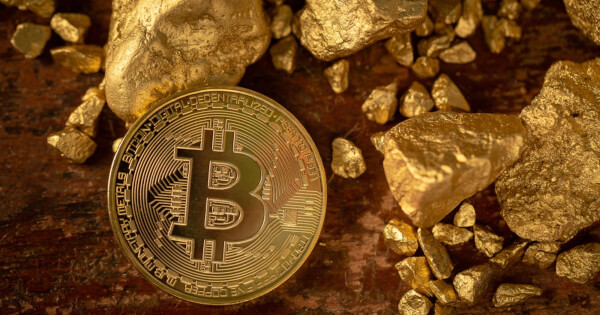(Bloomberg) — Japan expects only 1% to 2% of its recently agreed upon $550 billion US fund to be deployed as investment, with loans making up the bulk of the rest, according to the nation’s top chief negotiator Ryosei Akazawa.
Most Read from Bloomberg
Meanwhile, Tokyo stands to save roughly ¥10 trillion ($68 billion) through lower tariff rates in its deal with the US, Akazawa told public broadcaster NHK on Saturday.
The details revealed by Akazawa suggest the Japanese may end up giving up much less than at first glance.
The $550 billion investment framework combines investments, loans and loan guarantees provided by financial institutions backed by the Japanese government, Akazawa said. Of the total, investment will comprise 1% or 2% and the US and Japan will split the profits of that investment at a ratio of 90-10, he said. Japan had originally proposed a 50-50 ratio, he added.
The fund is a centerpiece of the deal announced by the two sides that will impose 15% tariffs on Japanese cars and other goods. Officials from Japan and other countries that struck deals with the US are now sifting through the terms to explain them to the public.
“It’s not that $550 billion in cash will be sent to the US,” Akazawa said. “By letting the US have 90% of the profits rather than 50%, I think Japan’s loss will be at most a couple of tens of billions of yen. People are saying various things, such as ‘You sold out Japan,’ but they’re wrong.”
For the loans provided through the program, Japan will collect interest payments; and for loan guarantees, if nothing happens Japan will collect fees, Akazawa said. “For that part, Japan’s just making money,” he said.
Akazawa also clarified that the investment program won’t be only supporting Japanese and US firms. As a potential example, he cited a Taiwanese semiconductor firm building a factory in the US.
“We’d like to put the $550 billion in place during President Trump’s term,” Akazawa added.
The Japan side has cited JBIC and NEXI as the government-backed organizations that will be leading financing for the projects. For JBIC, in the year ended March, around 77% of its assets were in loans, and 6.6% in loan guarantees.
Further details of the implementation of the US-Japan deal remain unclear, including when the new tariff rates will take effect and when the new investment vehicle will kick off. There’s been no joint document signed by both sides for the deal, although the White House has published a fact sheet.


